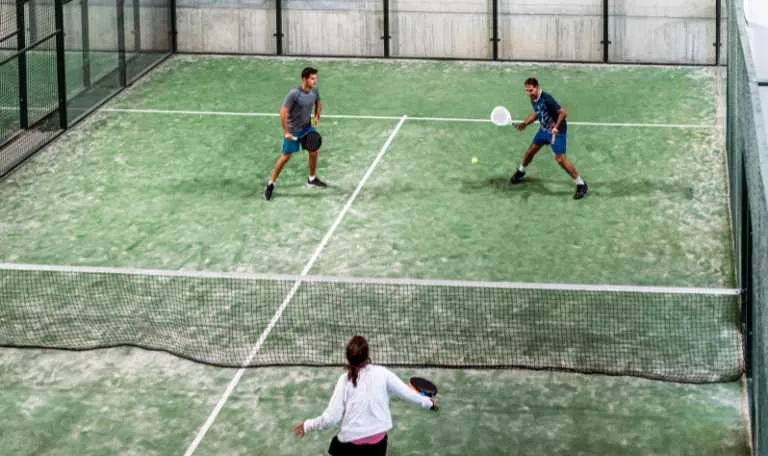

The Evolution and Impact of Racquetball Racket Factories
Racquetball, a fast-paced racquet sport that emerged in the 1960s, has grown substantially in popularity, especially in the United States and Latin America. Central to this growth has been the innovation and production of racquetball rackets, manufactured in dedicated factories that focus on quality, performance, and technological advancements. This article delves into the evolution of racquetball racket factories, their production processes, and the influence they have on the sport.
The Birth of Racquetball Rackets
Racquetball emerged from modifications to other racquet sports, particularly squash and handball. Originally, players used tennis rackets, but as the game developed, there became a necessity for more specialized equipment. The first racquetball rackets were made from wood, typically featuring a wider head and a shorter handle. As the sport grew in popularity, manufacturers began to recognize the need for purpose-built racquets, leading to the birth of dedicated racquetball racket factories.
Technological Advancements in Manufacturing
The manufacturing of racquetball rackets has seen dramatic changes from its inception. Early rackets were hand-crafted from wood, which limited their durability and performance. However, with advancements in materials science, factories began producing rackets from lighter and more resilient materials such as aluminum, graphite, and composite materials. These innovations improved the rackets’ strength, reduced their weight, and enhanced player control and precision.
Modern racquetball racket factories utilize sophisticated technology, including computer-aided design (CAD) software and robotic manufacturing techniques. CAD allows designers to create intricate racket designs with optimal aerodynamics, while robotic processes ensure consistency and precision in production. With the integration of these technologies, manufacturers can produce high-quality rackets that cater to different player preferences and skill levels.
Factory Processes
The production process in racquetball racket factories typically begins with material selection. Factories source materials such as high-modulus graphite or advanced composites, which are chosen for their strength-to-weight ratios. Once the materials are prepared, the manufacturing process includes several key steps

1. Molding For graphite and composite rackets, raw materials are placed in molds and subjected to heat and pressure, shaping them into the desired form.
2. Assembly Components such as the handle and head are assembled. Factories often employ specialized adhesives and techniques to ensure durability and performance.
3. Stringing After assembly, the racket frame undergoes stringing, where high-quality strings are woven into the frame, providing the necessary tension and rebound characteristics.
4. Finishing Each racket undergoes a finishing process, which may include sanding, painting, and applying protective coatings. This stage not only enhances the racket's aesthetics but also contributes to its longevity.
5. Quality Control A critical step in the production process, quality control ensures that each racket meets the rigorous performance standards expected by players.
The Economic Impact
Racquetball racket factories play a significant role in the economy, particularly in regions where the sport is popular. These factories create jobs, from manufacturing to marketing, and have drawn investments in technology and infrastructure. In addition, they contribute to local economies by supplying equipment for racquetball clubs and schools, fostering a new generation of players.
Conclusion
The evolution of racquetball racket factories reflects the sport’s growth from a niche activity to a mainstream recreational pursuit. Through continuous innovation in design and manufacturing processes, these factories not only enhance players' experiences but also contribute to the broader economic landscape. As racquetball continues to evolve, so too will the technologies and techniques used in racket production, ensuring that players have access to the best equipment tailored to their needs. The intersection of engineering and sporting passion in racquetball racket factories embodies the spirit of the game, making it accessible, enjoyable, and competitive for players of all levels.
High-Performance Industrial Flooring Solutions China Paddle Tennis Court for Sale
High-Performance Industrial Flooring Solutions Durable & Cost-Effective
Homogeneous Transparent Floor – Durable & Stylish Rubber Floor Solutions
Premium Homogeneous Transparent Floor for Durable & Stylish Spaces Rubber Floor Solutions
Premium Sports Floor Solutions Durable PVC Sports Floor & Rubber Floor for Gyms
Durable Rubber Composite Floor Premium Rubber Floor & Mats Solutions